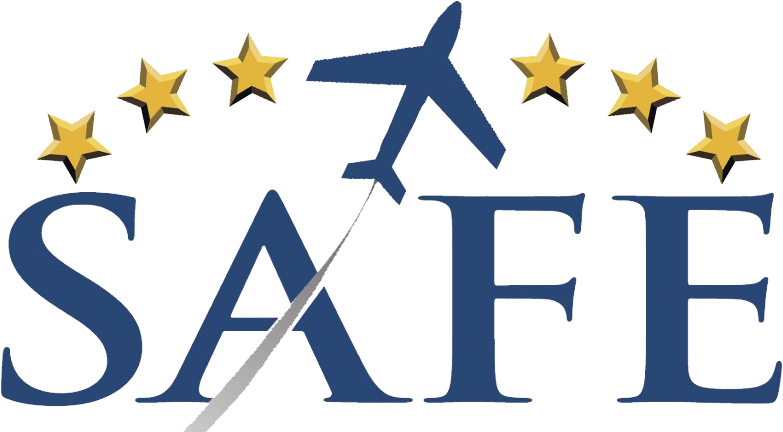There is a critical balance of control and freedom in teaching (or learning) flying. Obviously we do not want to proceed entirely by trial and error. But on the other extreme, too structured an environment, with no breathing room for error (entirely modeling perfection), does not create efficient learning either. To achieve optimal progress, a careful balance of structure and freedom is essential. Room for errors but with protected boundaries is the goal. The art of providing this optimal environment for experimentation while maintaining safety is the critical job of the professional CFI. It requires both the confidence and skill to provide a “loose but safe” learning environment for your student. “Why did that happen, and what can we do to fix this unhappy situation” is the hallmark of an experienced educator rather than taking the controls away and lecturing.
The strongest learning situation is created when small goofs happen that result in self-correction with guided feedback from the educator. Often called “teachable moments” these experiences have been shown to be the strongest learning tool. Mistakes should be viewed as “opportunities to learn” not shameful missteps. Controlling an instructional period so tightly that nothing can drift is most often an error of the newest, way-too-nervous CFI. The looser, scenario and correction method leads to faster, more durable (and higher level) learning. I love the Jeppesen Curriculum title of “Guided Discovery” for this reason. Obviously, in critical areas of flight, or with a inexperienced or unpredictable student, to much freedom would be unwise.
Discretion and educator skill/comfort in each flight regime are essential for safety.
Some other advantages of self-analysis and correction are building a more resilient pilot, capable of pushing through problems and persevering when difficulties occur (and we know they will!) Perfectionists unfortunately tend to crumble when their plans turn to mush and unanticipated circumstances wreak havoc with a flight. We need fully-functioning error-correcting pilots for safety when the fertilizer hits the fan. Also, the courageous spirit of error correction fosters a “growth mindset” of a lifetime learner, so essential in our continually evolving aviation world.
Please “follow” our SAFE blog to receive notification of new articles. Write us a comment if you see a problem or want to contribute an article. We are always seeking more input on aviation improvements and flight safety. There are many highly qualified aviation educators out there! If you are not yet a SAFE member, please Join SAFE and support our mission of generating aviation excellence in teaching and flying. Our amazing member benefits alone make this commitment worthwhile and fun. Lastly, use our FREE SAFE Toolkit App to put pilot endorsements and experience requirements right on your smart phone and facilitate CFI+DPE teamwork. Working together we make safer pilots!


